Comments in Jupyter notebooks
Data science is a team sport. The conversation needs to include different stakeholders with different views. The usual people are other data scientists and business stakeholders.
If you’re in a Jupyter notebook, getting feedback from these people is possible but involves degrees of separation from the original notebook. It’d be much better to collaborate in the notebook itself, which you can do with other tools.
Getting feedback and comments in a Jupyter notebook
Comments from data scientists involve a code review workflow on platforms like GitHub. This is problematic for the same reasons that using Git for Jupyter notebooks is. It’s a workflow designed for software engineers.
Comments from business stakeholders involve taking parts of the notebook out and putting it into a convenient format, like screenshots in a presentation or an Excel export. This is removed from the notebook itself. When you make changes based on those inevitable comments, you’ll need to go through making sure your screenshots and exports are up to date.
Using a notebook with comments built-in
You can avoid all of these problems by using a Jupyter-compatible notebook tool that lets you make comments directly inside the notebook. As they’re close to the code, data scientists can leave comments easily. As the user interface is approachable for everyone, business stakeholders can leave comments as well.
Below is a list of Jupyter-compatible notebook tools that have commenting capabilities.
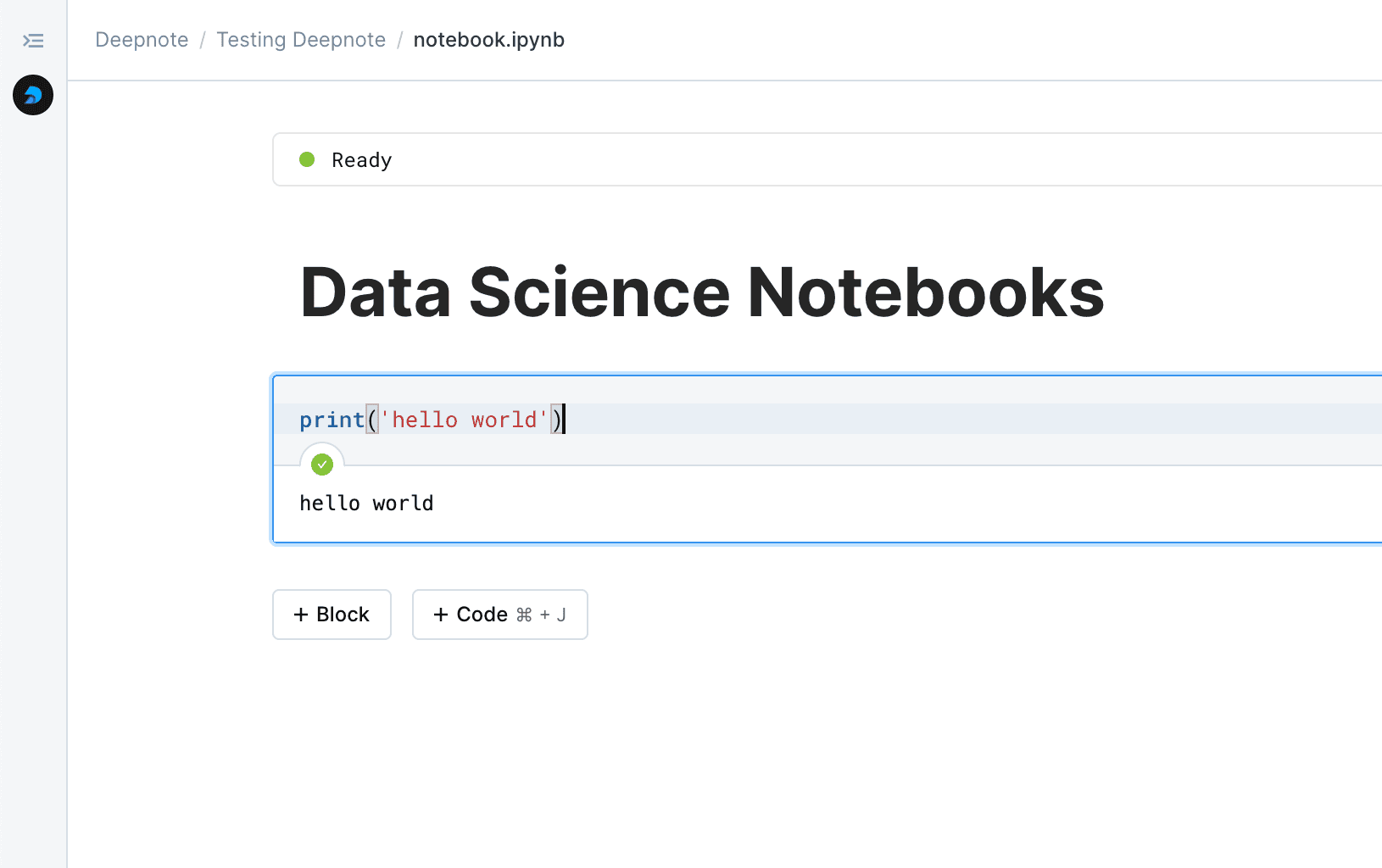
Deepnote
Deepnote is a new kind of data notebook that’s built for collaboration — Jupyter compatible, works magically in the cloud, and sharing is as easy as sending a link.
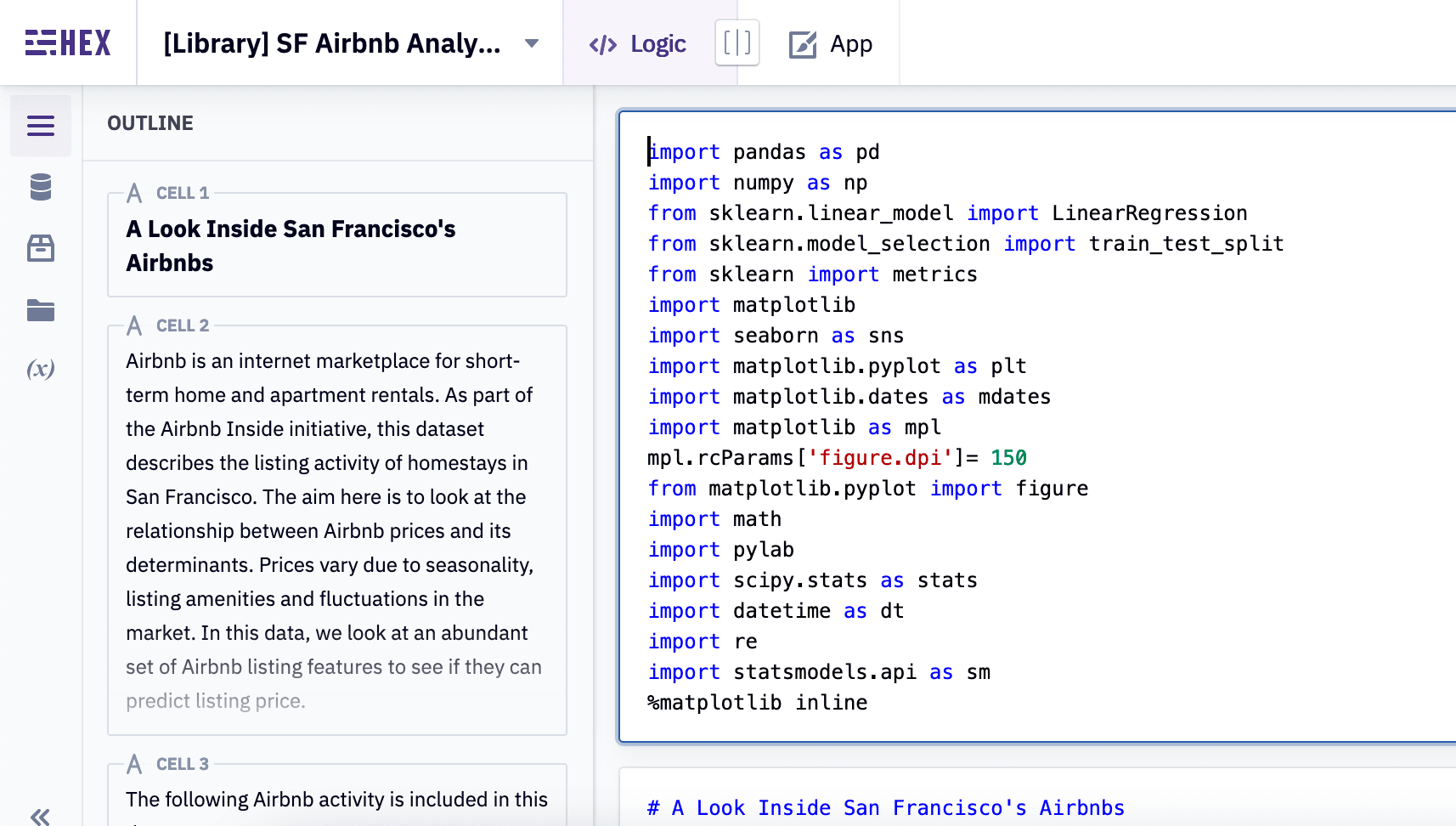
Hex
The Data Workspace for Teams. Work with data in collaborative SQL and Python notebooks. Share as interactive data apps that anyone can use.
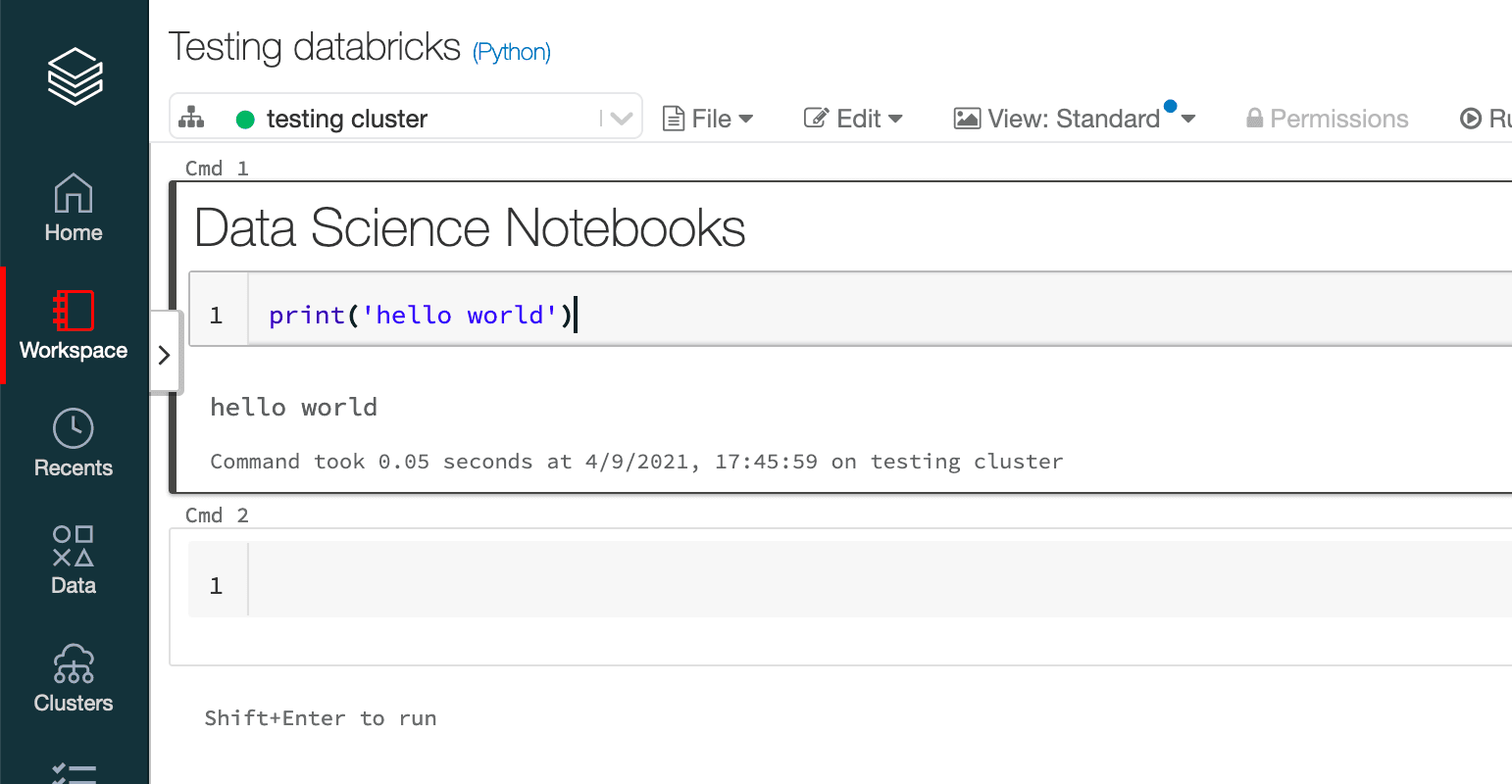
Databricks Notebooks
Collaborate across engineering, data science, and machine learning teams with support for multiple languages, built-in data visualizations, automatic versioning, and operationalization with jobs.
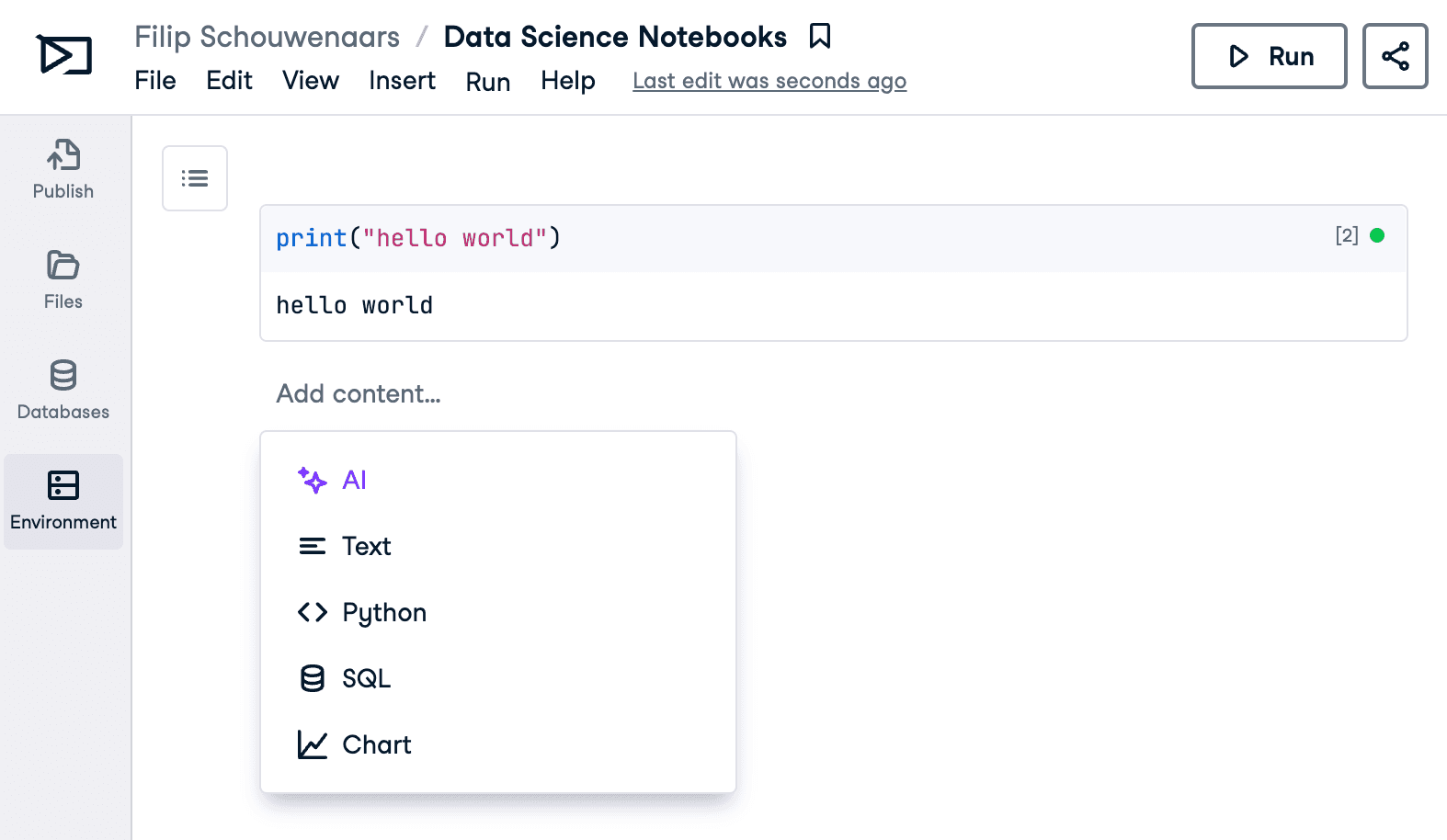
DataCamp Workspace
DataCamp Workspace is an AI-powered data notebook to help you get from data to insights, faster.
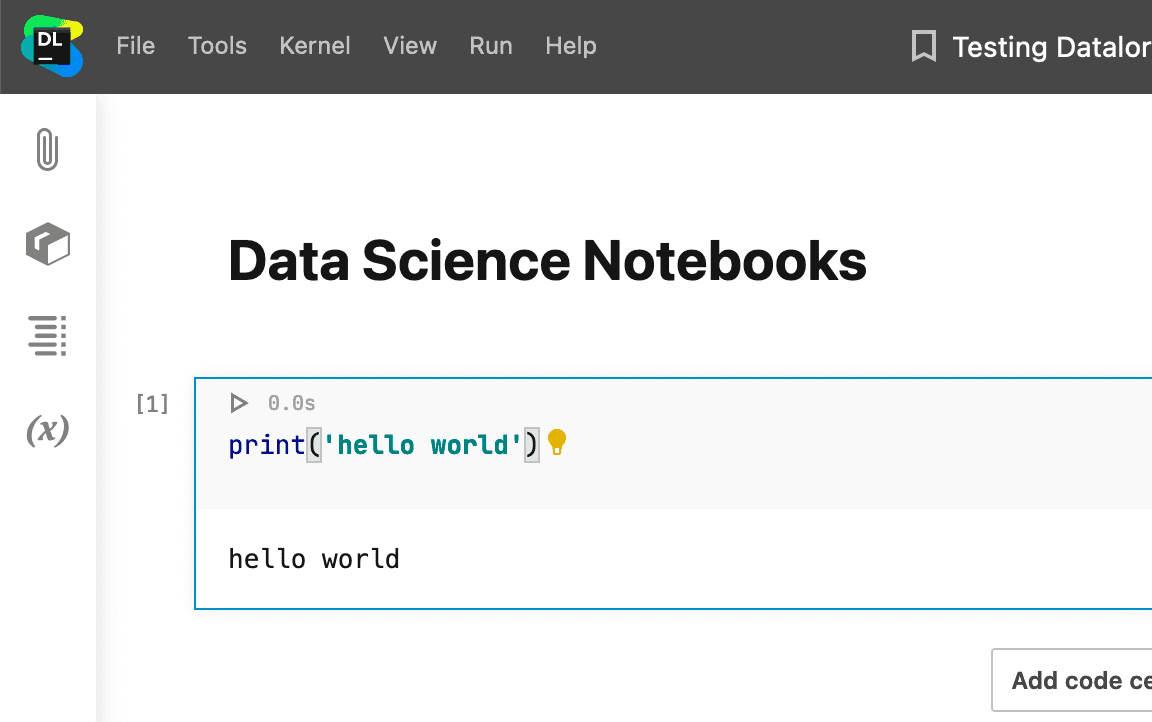
Jetbrains Datalore
A powerful online environment for Jupyter notebooks. Use smart coding assistance for Python in online Jupyter notebooks, run code on powerful CPUs and GPUs, collaborate in real-time, and easily share the results.

Nextjournal
Runs anything you can put into a Docker container. Improve your workflow with polyglot notebooks, automatic versioning and real-time collaboration. Save time and money with on-demand provisioning, including GPU support.
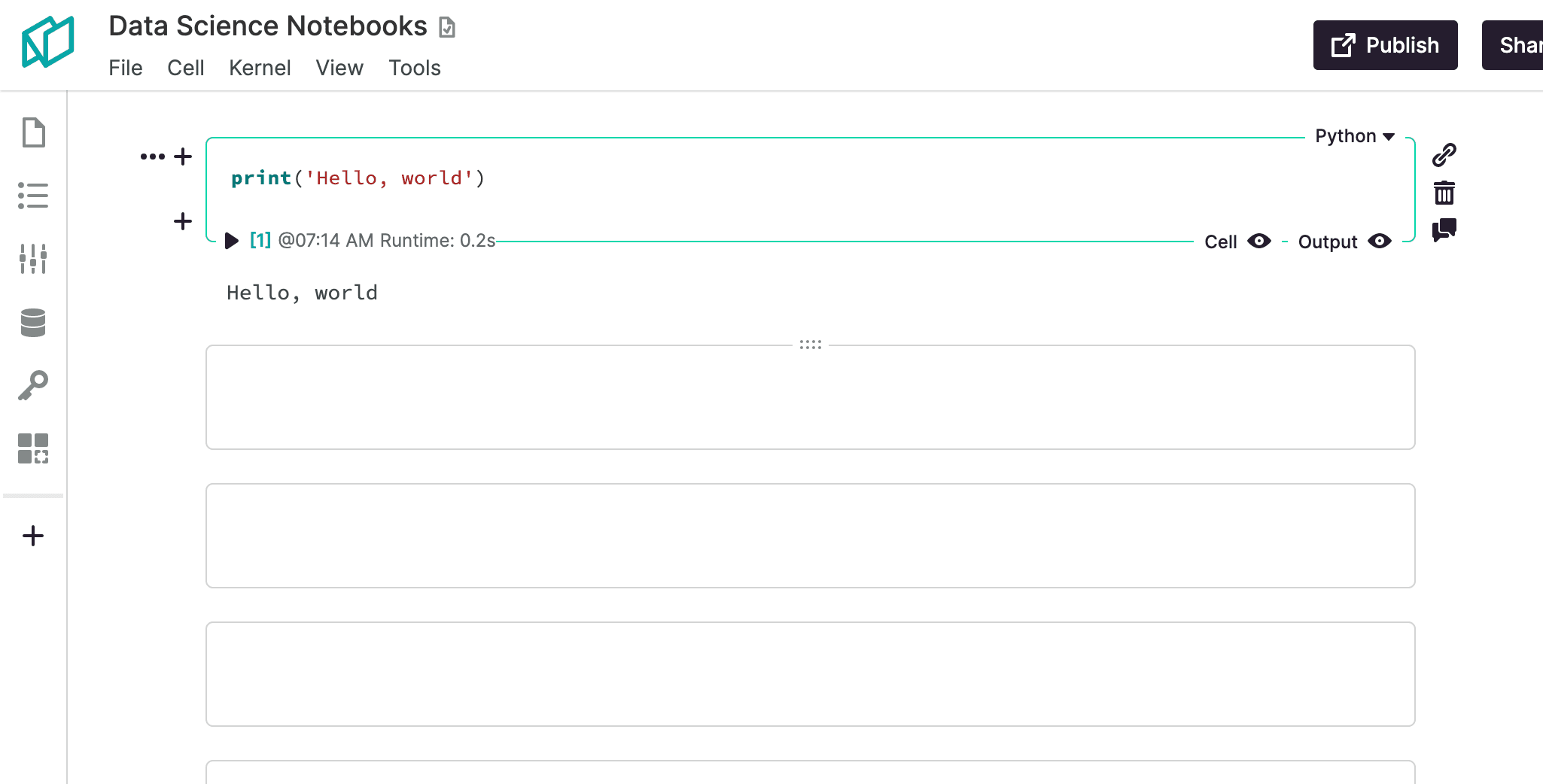
Noteable
Noteable is a collaborative notebook platform that enables teams to use and visualize data, together.
